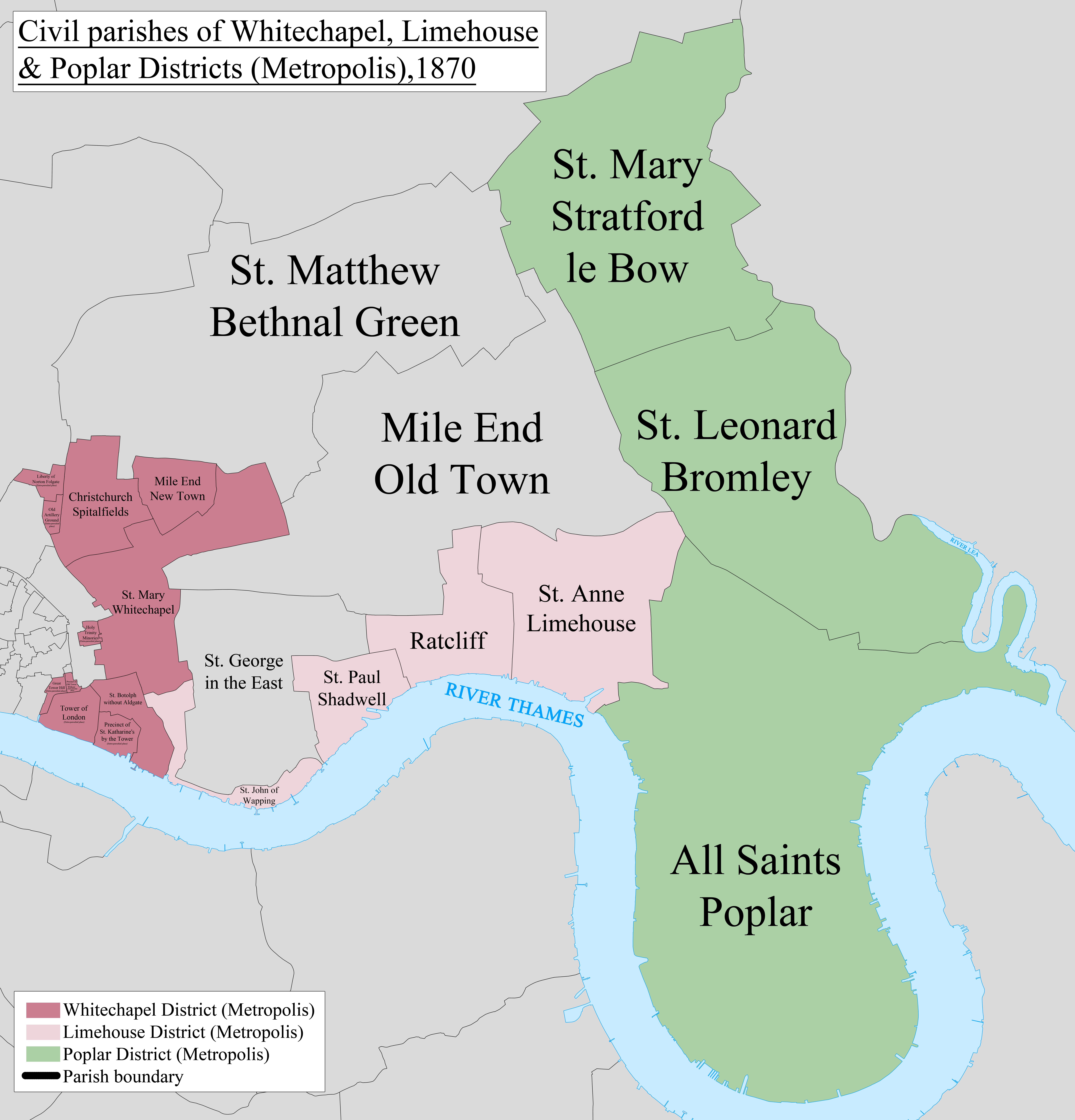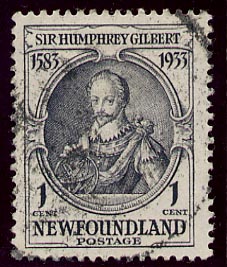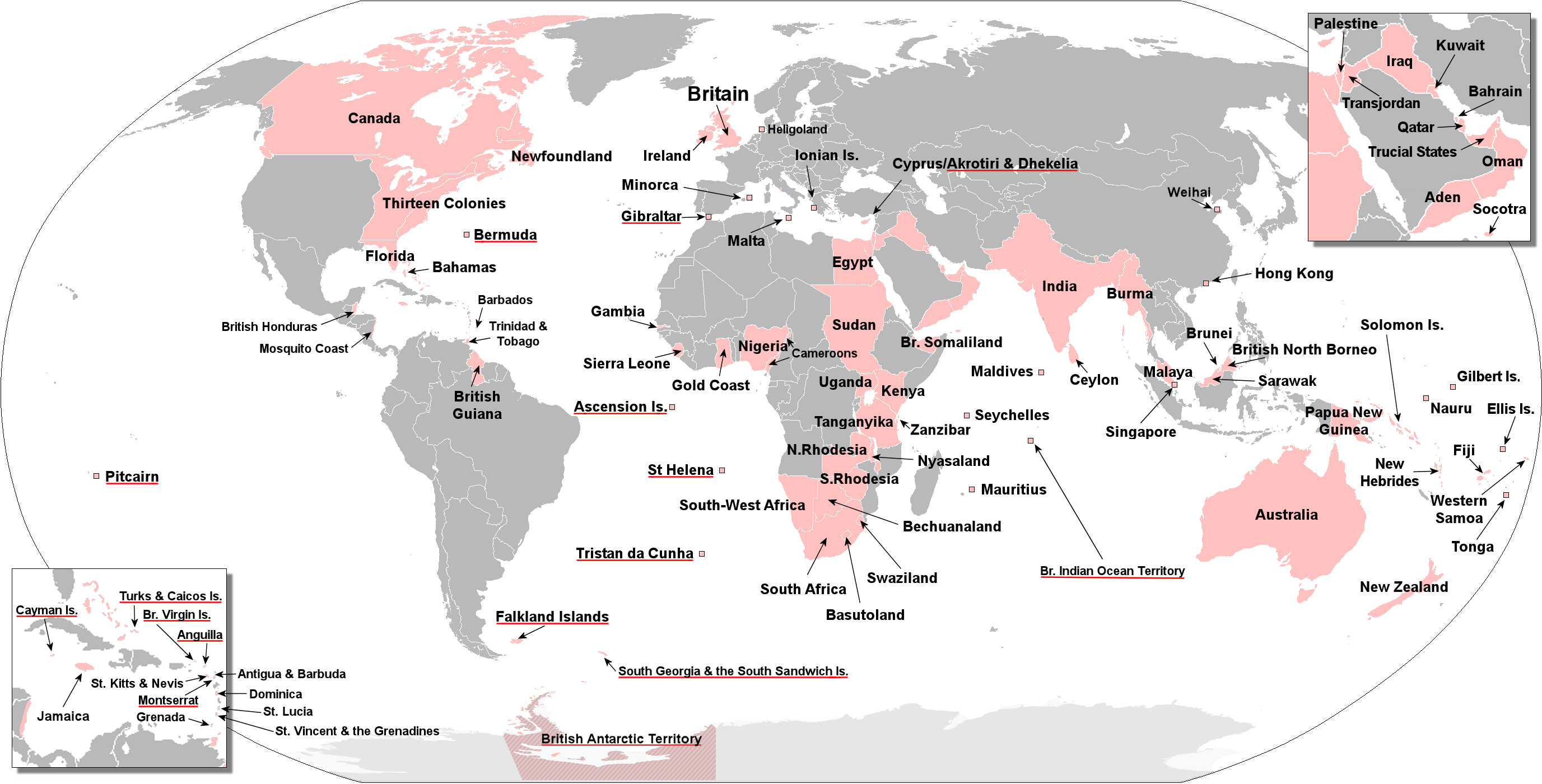|
The Grapes, Limehouse
The Grapes is a Grade II listed public house situated directly on the north bank of the Thames in London's Limehouse area, with a veranda overlooking the water. To its landward side, the pub is found at number 76 in Narrow Street, flanked by former warehouses now converted to residential and other uses. The Grapes is owned in partnership by the actor Sir Ian McKellen, the theatre and film director Sean Mathias, and Evgeny Lebedev, publisher of the '' Evening Standard'' newspaper. History The current building dates from the 1720s and is on the site of a pub built in 1583. It was formerly a working-class tavern serving the dockers of the Limehouse Basin. In the 1930s it sold beer from the adjacent brewery owned by Taylor Walker. It survived the intense bombing of the area in World War II, and is just outside the Docklands commercial zone built in the 1980s. Local area Limehouse was settled early as a dry bank suitable for growing, easy building upon and import, expo ... [...More Info...] [...Related Items...] OR: [Wikipedia] [Google] [Baidu] |
Public House
A pub (short for public house) is a kind of drinking establishment which is licensed to serve alcoholic drinks for consumption on the premises. The term ''public house'' first appeared in the United Kingdom in late 17th century, and was used to differentiate private houses from those which were, quite literally, open to the public as "alehouses", " taverns" and " inns". By Georgian times, the term had become common parlance, although taverns, as a distinct establishment, had largely ceased to exist by the beginning of the 19th century. Today, there is no strict definition, but CAMRA states a pub has four characteristics:GLA Economics, Closing time: London's public houses, 2017 # is open to the public without membership or residency # serves draught beer or cider without requiring food be consumed # has at least one indoor area not laid out for meals # allows drinks to be bought at a bar (i.e., not only table service) The history of pubs can be traced to Roman taverns ... [...More Info...] [...Related Items...] OR: [Wikipedia] [Google] [Baidu] |
Shadwell
Shadwell is a district of East London, England, in the London Borough of Tower Hamlets , east of Charing Cross. It lies on the north bank of the Thames between Wapping (to the west) and Ratcliff (to the east). This riverside location has meant the area's history and character have been shaped by the maritime trades. Historically a hamlet of the Manor and Ancient Parish of Stepney,Young's guide describes Hamlets as devolved areas of Parishes - but does not describe this area specifically it became a parish in its own right in 1670. the area of the Hamlet and Parish included areas south of Cable Street including Shadwell Basin and the King Edward Memorial Park. History Etymology In the 13th century, the area was a low lying marsh''Shadwell'' ''The Copartnership Herald'', Vol. II, no. 23 (Christ ... [...More Info...] [...Related Items...] OR: [Wikipedia] [Google] [Baidu] |
Arthur Conan Doyle
Sir Arthur Ignatius Conan Doyle (22 May 1859 – 7 July 1930) was a British writer and physician. He created the character Sherlock Holmes in 1887 for '' A Study in Scarlet'', the first of four novels and fifty-six short stories about Holmes and Dr. Watson. The Sherlock Holmes stories are milestones in the field of crime fiction. Doyle was a prolific writer; other than Holmes stories, his works include fantasy and science fiction stories about Professor Challenger and humorous stories about the Napoleonic soldier Brigadier Gerard, as well as plays, romances, poetry, non-fiction, and historical novels. One of Doyle's early short stories, "J. Habakuk Jephson's Statement" (1884), helped to popularise the mystery of the '' Mary Celeste''. Name Doyle is often referred to as "Sir Arthur Conan Doyle" or "Conan Doyle", implying that "Conan" is part of a compound surname rather than a middle name. His baptism entry in the register of St Mary's Cathedral, Edinburgh, gives " ... [...More Info...] [...Related Items...] OR: [Wikipedia] [Google] [Baidu] |
The Picture Of Dorian Gray
''The Picture of Dorian Gray'' is a philosophical fiction, philosophical novel by Irish writer Oscar Wilde. A shorter novella-length version was published in the July 1890 issue of the American periodical ''Lippincott's Monthly Magazine''.''The Picture of Dorian Gray'' (Penguin Classics) – Introduction The novel-length version was published in April 1891. The story revolves around a Oil painting, portrait of Dorian Gray (character), Dorian Gray painted by Basil Hallward, a friend of Dorian's and an artist infatuated with Dorian's Aesthetics, beauty. Through Basil, Dorian meets Lord Henry Wotton and is soon enthralled by the aristocrat's Hedonism, hedonistic worldview: that beauty and sensual fulfillment are the only things worth pursuing in life. Newly understanding that his beauty will fade, Dorian expresses the desire to Deal with the Devil, sell his soul, to ensure that the picture, rather than he, will age and fade. The wish is granted, and Dorian pursues a libertine lif ... [...More Info...] [...Related Items...] OR: [Wikipedia] [Google] [Baidu] |
Oscar Wilde
Oscar Fingal O'Flahertie Wills Wilde (16 October 185430 November 1900) was an Irish poet and playwright. After writing in different forms throughout the 1880s, he became one of the most popular playwrights in London in the early 1890s. He is best remembered for his epigrams and plays, his novel '' The Picture of Dorian Gray'', and the circumstances of his criminal conviction for gross indecency for consensual homosexual acts in "one of the first celebrity trials", imprisonment, and early death from meningitis at age 46. Wilde's parents were Anglo-Irish intellectuals in Dublin. A young Wilde learned to speak fluent French and German. At university, Wilde read Greats; he demonstrated himself to be an exceptional classicist, first at Trinity College Dublin, then at Oxford. He became associated with the emerging philosophy of aestheticism, led by two of his tutors, Walter Pater and John Ruskin. After university, Wilde moved to London into fashionable cultural and social ci ... [...More Info...] [...Related Items...] OR: [Wikipedia] [Google] [Baidu] |
Our Mutual Friend
''Our Mutual Friend'', written in 1864–1865, is the last novel completed by Charles Dickens and is one of his most sophisticated works, combining savage satire with social analysis. It centres on, in the words of critic J. Hillis Miller, quoting the book's character Bella Wilfer, "money, money, money, and what money can make of life". Most reviewers in the 1860s continued to praise Dickens's skill as a writer in general, but did not review this novel in detail. Some found the plot both too complex and not well laid out. ''The Times'' of London found the first few chapters did not draw the reader into the characters. In the 20th century, however, reviewers began to find much to approve in the later novels of Dickens, including ''Our Mutual Friend''. In the late 20th and early 21st centuries, some reviewers suggested that Dickens was, in fact, experimenting with structure, and that the characters considered somewhat flat and not recognized by the contemporary reviewers were me ... [...More Info...] [...Related Items...] OR: [Wikipedia] [Google] [Baidu] |
Charles Dickens
Charles John Huffam Dickens (; 7 February 1812 – 9 June 1870) was an English writer and social critic. He created some of the world's best-known fictional characters and is regarded by many as the greatest novelist of the Victorian era.. His works enjoyed unprecedented popularity during his lifetime and, by the 20th century, critics and scholars had recognised him as a literary genius. His novels and short stories are widely read today. Born in Portsmouth, Dickens left school at the age of 12 to work in a boot-blacking factory when his father was incarcerated in a debtors' prison. After three years he returned to school, before he began his literary career as a journalist. Dickens edited a weekly journal for 20 years, wrote 15 novels, five novellas, hundreds of short stories and non-fiction articles, lectured and performed readings extensively, was an indefatigable letter writer, and campaigned vigorously for children's rights, for education, and for other social re ... [...More Info...] [...Related Items...] OR: [Wikipedia] [Google] [Baidu] |
Samuel Pepys
Samuel Pepys (; 23 February 1633 – 26 May 1703) was an English diarist and naval administrator. He served as administrator of the Royal Navy and Member of Parliament and is most famous for the diary he kept for a decade. Pepys had no maritime experience, but he rose to be the Chief Secretary to the Admiralty under both King Charles II and King James II through patronage, diligence, and his talent for administration. His influence and reforms at the Admiralty were important in the early professionalisation of the Royal Navy. The detailed private diary that Pepys kept from 1660 until 1669 was first published in the 19th century and is one of the most important primary sources for the English Restoration period. It provides a combination of personal revelation and eyewitness accounts of great events, such as the Great Plague of London, the Second Dutch War, and the Great Fire of London. Early life Pepys was born in Salisbury Court, Fleet Street, London, on 23 Feb ... [...More Info...] [...Related Items...] OR: [Wikipedia] [Google] [Baidu] |
New World
The term ''New World'' is often used to mean the majority of Earth's Western Hemisphere, specifically the Americas."America." ''The Oxford Companion to the English Language'' (). McArthur, Tom, ed., 1992. New York: Oxford University Press, p. 33: "[16c: from the feminine of ''Americus'', the Latinized first name of the explorer Amerigo Vespucci (1454–1512). The name ''America'' first appeared on a map in 1507 by the German cartographer Martin Waldseemüller, referring to the area now called Brazil]. Since the 16c, a name of the western hemisphere, often in the plural ''Americas'' and more or less synonymous with ''the New World''. Since the 18c, a name of the United States of America. The second sense is now primary in English: ... However, the term is open to uncertainties: ..." The term gained prominence in the early 16th century, during Europe's Age of Discovery, shortly after the Italian explorer Amerigo Vespucci concluded that America (now often called ''th ... [...More Info...] [...Related Items...] OR: [Wikipedia] [Google] [Baidu] |
Sir Walter Raleigh
Sir Walter Raleigh (; – 29 October 1618) was an English statesman, soldier, writer and explorer. One of the most notable figures of the Elizabethan era, he played a leading part in English colonisation of North America, suppressed rebellion in Ireland, helped defend England against the Spanish Armada and held political positions under Elizabeth I. Raleigh was born to a Protestant family in Devon, the son of Walter Raleigh and Catherine Champernowne. He was the younger half-brother of Sir Humphrey Gilbert and a cousin of Sir Richard Grenville. Little is known of his early life, though in his late teens he spent some time in France taking part in the religious civil wars. In his 20s he took part in the suppression of rebellion in the colonisation of Ireland; he also participated in the siege of Smerwick. Later, he became a landlord of property in Ireland and mayor of Youghal in East Munster, where his house still stands in Myrtle Grove. He rose rapidly in the favour of Qu ... [...More Info...] [...Related Items...] OR: [Wikipedia] [Google] [Baidu] |
Sir Humphrey Gilbert
Sir Humphrey Gilbert (c. 1539 – 9 September 1583) was an English adventurer, explorer, member of parliament and soldier who served during the reign of Queen Elizabeth I and was a pioneer of the English colonial empire in North America and the Plantations of Ireland. He was a maternal half-brother of Sir Walter Raleigh and a cousin of Sir Richard Grenville. Biography Early life Gilbert was the fifth son of Otho Gilbert of Compton, Greenway and Galmpton, all in Devon, by his wife Catherine Champernowne. His brothers Sir John Gilbert and Adrian Gilbert, and his half-brothers Carew Raleigh and Sir Walter Raleigh, were also prominent during the reigns of Queen Elizabeth I and King James VI and I. Catherine Champernowne was a niece of Kat Ashley, Elizabeth's governess, who introduced her young kinsmen to the court. Gilbert's uncle, Sir Arthur Champernowne, involved him in the plantation of Ireland between 1566 and 1572. Gilbert's mentor was Sir Henry Sidney. He w ... [...More Info...] [...Related Items...] OR: [Wikipedia] [Google] [Baidu] |
British Empire
The British Empire was composed of the dominions, colonies, protectorates, mandates, and other territories ruled or administered by the United Kingdom and its predecessor states. It began with the overseas possessions and trading posts established by England between the late 16th and early 18th centuries. At its height it was the largest empire in history and, for over a century, was the foremost global power. By 1913, the British Empire held sway over 412 million people, of the world population at the time, and by 1920, it covered , of the Earth's total land area. As a result, its constitutional, legal, linguistic, and cultural legacy is widespread. At the peak of its power, it was described as " the empire on which the sun never sets", as the Sun was always shining on at least one of its territories. During the Age of Discovery in the 15th and 16th centuries, Portugal and Spain pioneered European exploration of the globe, and in the process established ... [...More Info...] [...Related Items...] OR: [Wikipedia] [Google] [Baidu] |
.jpg)



.jpg)




